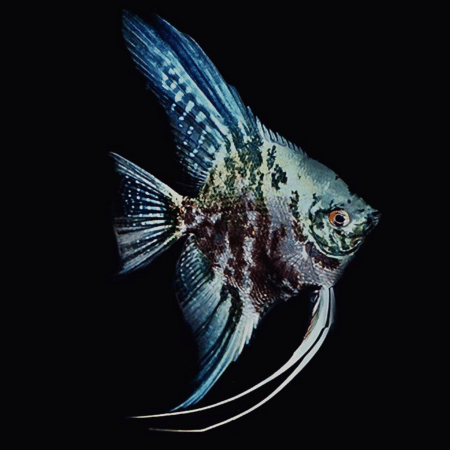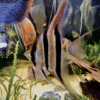-
×
4 X PARADISE FISH PEACEFUL COLOURFUL FRESH WATER AQUARIUM 4 FISH, Stunning Schooling Fish for Peaceful Aquariums, Ideal for Beginners Seeking Vibrant Freshwater Companions, Beautiful and Easy to Care For 1 × £12.00
-
×
-
×
-
×
black Paradise Fish Macropodus Erythropterus Labyrinth Fish, Stunning Gourami Fish for Any Aquarium - Learn How to Care for These Graceful Creatures in a Community Tank, Ideal Freshwater Companions 1 × £10.00
Subtotal: £46.20

 4 X PARADISE FISH PEACEFUL COLOURFUL FRESH WATER AQUARIUM 4 FISH, Stunning Schooling Fish for Peaceful Aquariums, Ideal for Beginners Seeking Vibrant Freshwater Companions, Beautiful and Easy to Care For
4 X PARADISE FISH PEACEFUL COLOURFUL FRESH WATER AQUARIUM 4 FISH, Stunning Schooling Fish for Peaceful Aquariums, Ideal for Beginners Seeking Vibrant Freshwater Companions, Beautiful and Easy to Care For 

 black Paradise Fish Macropodus Erythropterus Labyrinth Fish, Stunning Gourami Fish for Any Aquarium - Learn How to Care for These Graceful Creatures in a Community Tank, Ideal Freshwater Companions
black Paradise Fish Macropodus Erythropterus Labyrinth Fish, Stunning Gourami Fish for Any Aquarium - Learn How to Care for These Graceful Creatures in a Community Tank, Ideal Freshwater Companions 












Emily Carter (verified owner) –
I recently added the Altum Dantume Wild Form Angel Fish to my aquarium, and I couldn’t be happier with my choice! After about two months in my 75-gallon setup, these stunning freshwater fish have truly made my tank come alive. Their graceful swimming and elegant fins are a sight to behold and they have such vibrant personalities. I’ve noticed they get along beautifully with my other cichlids, which is a plus.
The quality of these angel fish is impressive; they arrived healthy and well-packaged, which shows the seller’s commitment to fish welfare. Compared to other angel fish I’ve kept in the past, these have a much more robust presence and even display interesting behaviors during feeding time. My only minor concern was that they initially hid for a few days after introduction but have since adjusted well.
If you’re a caring fish parent or just starting your aquarium journey, I highly recommend these angel fish. They thrive in a well-planted tank and add a stunning focal point to any aquarium. Plus, they are a joy to watch! Overall, I would definitely buy again and am considering adding a few more to my collection. Happy fishkeeping!
Emily Rivera (verified owner) –
I recently added a couple of Altum Dantume Angel Fish to my community tank, and I couldn’t be happier! After about two weeks, they’ve settled in beautifully and are an absolute joy to watch gliding through the water. Their stunning fins and graceful movements really add a special touch to my aquarium. I appreciate that these fish are known for their peaceful nature, which makes them perfect companions for my other freshwater fish. Plus, they’re relatively hardy, as long as you provide them with a well-maintained environment. I did a lot of research before buying, and I can confidently say that these angel fish truly stand out compared to the more common varieties. If you’re looking for a unique yet manageable option for your aquarium, I highly recommend giving the Altum Dantume a try! Just be mindful that they thrive best in larger tanks due to their size and need for swimming space. Overall, a fantastic purchase that I would definitely make again!